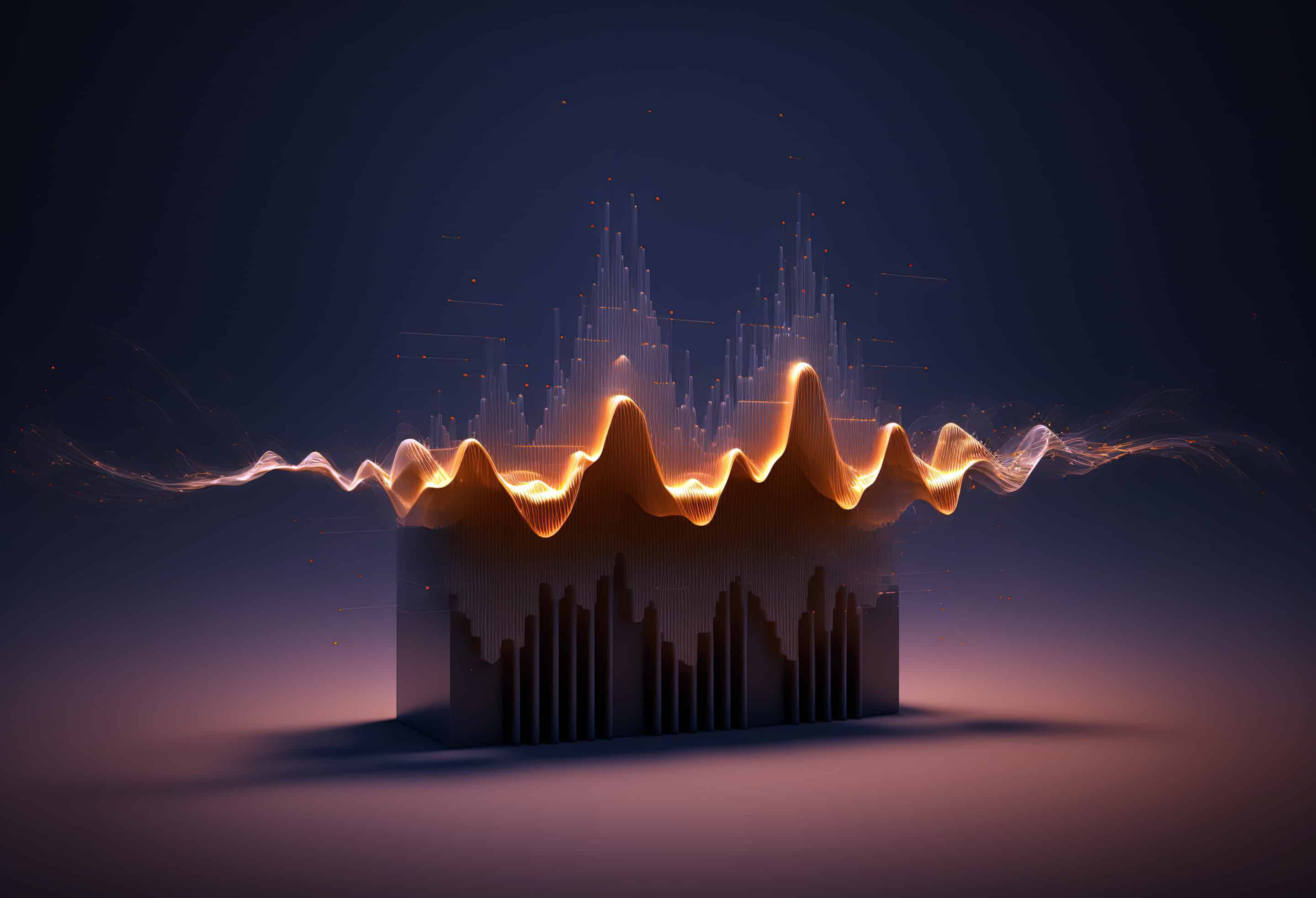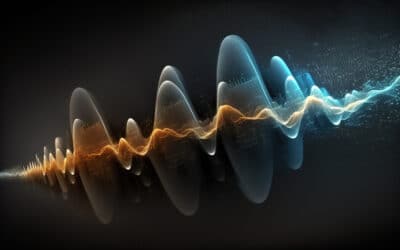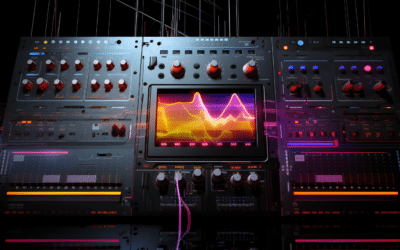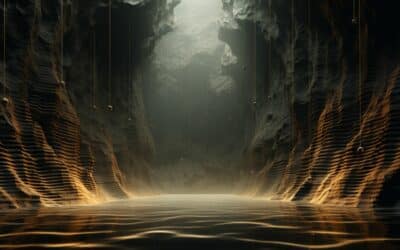Atmosphere, rich sonic textures, liminal spaces, and distinctive ambience all help define the allure of ambient music. If you’re curious about ambient music’s beginnings or how to make it, read on. This article covers a brief history of ambient music then dives into common approaches to ambient music production.
What Is Ambient Music?
Ambient music began in the 1970s as a genre that challenged traditional norms. A significant milestone came with Brian Eno’s album “Discreet Music” (1975). With this release, Eno introduced the term “ambient music.” His later release Ambient 1: Music for Airports (1978) shaped his ambient aesthetic further, using music to interact with its surroundings.
Eno found inspiration from classical music, especially French composer Erik Satie. Satie’s minimalist, repetitive compositions laid the groundwork for the genre. Listen to ‘Gymnopédie No 1’ for its use of gentle, atmospheric sounds.

Over time, ambient producers incorporated synthesizers and field recordings. After Eno, Boards of Canada, Aphex Twin, and other experimental artists pushed the genre further. Aphex twin’s landmark album ‘Selected Ambient Works Vol. 2’ features several definitive ambient tracks, but the third track aka “Rhubarb” showcases ambient in all its atmospheric glory.
How Do You Make Ambient Music?
When creating ambient music, you’ll want to keep some guidelines in mind. In the next few sections, we’ll cover:
- Spatialization
- Sound layering
- Effects
- Generative arrangement
This is by no means an exhaustive list. if you are looking for more specific examples of how to use these techniques, watch this video:
For more general approaches to ambient music production, read on.
Spatialization
Spatialization plays a pivotal role in ambient music. It involves the placement and movement of sounds across the stereo field. Spatialization gives the listener a sense of depth and perspective.
One of spatialization’s most fundamental techniques is panning. Consider where you want your sounds to appear in the stereo field and pan accordingly. Binaural panning techniques can create the perception of sonic depth perception experienced by human ears. Imagine walking down the street as a bus passes by. You hear the bus approaching, then it passes by and fades away. Binaural techniques imitate that effect by automating panning, volume or other parameters.
With everything panned in its proper place, try using the stereo field for your mixing processes. High frequencies can be pushed hard left or right, especially in your delays and reverbs.
Don’t overlook surround sound mixing, either. Of course, not everyone can afford a 7.1 surround sound mixing studio, but digital products such as L-Acoustic L-ISA studio give you the same power in the box.

Sound Layering
Immersive atmospheres and ambient music go hand-in-hand. Many producers give tracks atmosphere by layering multiple textures. Most hardware synths or synth plugins offer a basic form of layering by letting you use multiple oscillators with different waveforms. Try applying the same concept with any sound source. CUBE lets you blend eight multi-sampled sound sources to quickly apply this technique.
Ambient artist William Basinsk uses layering masterfully. Take a listen to “d|p 1.1.” He creates mesmerizing textures through gradual changes to repeated melodies. Layers of decaying loops blend, forming a rich and haunting sonic landscape. Similarly, Stellardrone’s “Eternity” also shows the power of layering with evolving drones, gentle arpeggios, and delicate melodies.
When choosing what sounds to layer, try samples of found sounds: the subtle rustling of leaves, the gentle patter of raindrops, or city traffic. You can also experiment with granular synthesis to transform your recordings into evolving soundscapes. For textural synthesis, check out Tim Hecker’s album “Virgins.”
Many ambient musicians use recordings of interesting sounds from their daily lives. Why not create your own samples with a cheap mic and a tape recorder to set your tracks apart.

Effects
Ambient music uses space- and time-based effects–reverb and delay–extensively. Given their importance in creating atmosphere, we could write tutorials on both, but we’ll focus on reverb for now.
First, choose reverb types and decay times to achieve the right sense of space. Convolution reverb effects imitate the response of a specific space to recreate a sonic environment. Visualize what space you want your track to sound like it’s performed in–a cathedral, a cave, a concert hall, or a small room–and choose an appropriate impulse response. Dial in your pre-delay and early reflection settings to taste.
Don’t hesitate to experiment with multiple reverb instances. Longer reverbs create distant and expansive environments while shorter reverbs imply proximity. If you want things in the distance, use higher settings for decay time and overall mix. if you want something more upfront in the mix, bring the levels down. Combining these can produce interesting results that might take your track to the next level.
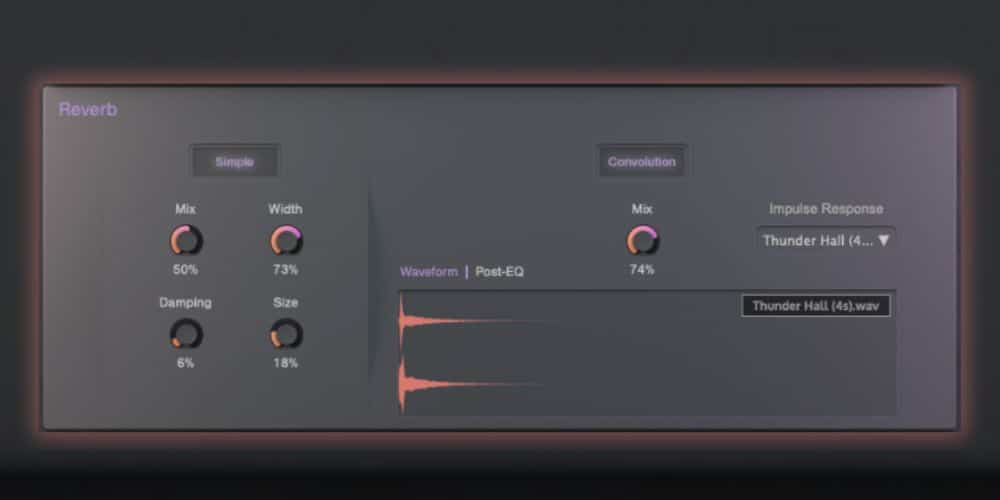
Generative Arrangement
Generative arrangement refers to creating musical elements in an evolving, unpredictable manner. Brian Eno and John Cage contributed the most to the technique’s development. With algorithms and randomization, you can create compositions that slowly develop and evolve. Try incorporating random or chance operations to determine when and how musical events occur. Randomize loop start and end times, chord progressions, effects settings or anything else in your track.
Another powerful generative technique is to use MIDI generators and arpeggiators on the “random” setting. You can go further by adding inconsistent pattern lengths. For example, your spaced-out piano might be a 32-bar sequence in 4/4 followed by 23 bar sequence in 3/4. Aphex Twin is an excellent reference for this technique.
You can develop your arrangements further by randomizing scale types and note variations. Most good MIDI generators will do this for you. Place one in the same chain as CUBE, hit play, and you’ll be in ambient heaven.
Not all techniques are MIDI-based. Why not consider generative audio processing and effects to shape the sound in real time? Time-stretching and spectral processing can carve out new sonic territory. With using generative arrangement techniques, embrace experimentation, explore different techniques, and let the machines do the work!
Final Thoughts
Ambient music is all about taking the listener on a journey and immersing them in a space. You can achieve your ambient goals by incorporating some or all the techniques outlined in this guide.
CUBE by Lunacy Audio gives ambient musicians a perfect tool for creating rich ambient soundscapes. You can add up to eight sound layers and manipulate them globally or individually. As you’ll see in our video on how to make ambient music, the convolution reverb and delays are perfect for spatialization.
As your ambient journey evolves, avoid getting too bogged down in the details and constantly reference music from a variety of artists. And most importantly, have fun!

